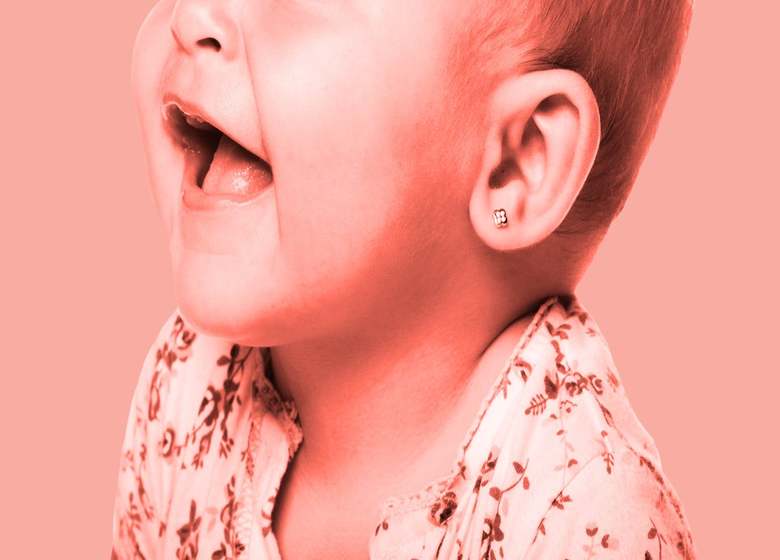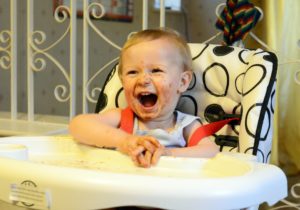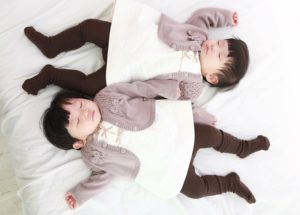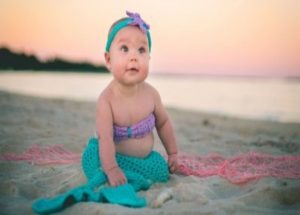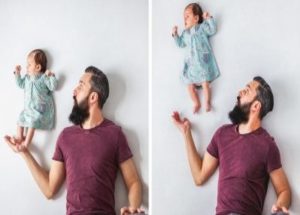Baby ear piercing is a common practice across the world in several cultures. In some societies, when they are just infants, boys also get their ears pierced. However, given the agony involved, it is always a difficult decision for the parents to make.
Why do parents choose a baby ear piercing?
For many reasons, most parents choose to pierce the ears of their baby. It is often thought that having your little one’s ears pierced at a young age would cause less pain and discomfort than if it were done later in life. On the other side, due to their cultural or traditional values, other parents may choose to pierce their baby’s ears. Some parents choose it for a totally distinct reason for younger children to identify gender. The kid would not be mistaken to be a boy with a low stud or earring!
Whatever the reason, for their children, many parents around the world are choosing ear piercing.
Are ear piercings Harmful To Babies?
Piercing the ears of your child may expose your child to several hazards, so many parents wonder what is the correct ear piercing age for the child? Well, every time you puncture your kid’s ears, there’s a potential danger of infection and it’s a good idea to wait a little longer because your baby’s immune system continues to develop. Experts may suggest that you wait to pierce your baby’s ears for at least six months. But you might have to wait a little longer to let your little one decide for her.
How is the baby ear piercing done?
The method of child piercing can be similar to that of adults. Here is a step-by-step overview of the procedure:
Step 1:
By cleaning it with alcohol or any other skin disinfectant, the technician/doctor disinfects the piercing site. He/she must wear surgical gloves to maintain stuff hygienic and professional.
Step 2:
Piercing can be performed by piercing needle or piercing guns based on needles. It relies on the parent’s preference and the recommendations of the ear piercing specialist. Both cause some pain, but only when there are a few minutes of piercing in the process.
Step 3:
The holes will then be filled with gold-plated earrings, which function as a placeholder to stop the hole from closing. Gold is the metal of choice because infections are less likely to occur in it. It does not exacerbate current redness or mild inflammation. Make sure they are at least 14 carats of gold. An alternative to gold is nickel-free surgical steel. Gold-plated surgical steel earrings are good as well.
Step 4:
Applying the disinfectant to the piercing site. You will be asked by the technician/doctor to apply the disinfectant for a week twice a day. For the next six weeks, you need to shift the earrings from one ear to another each week.
The lobe of the bottom ear is the ideal place to pierce. During childhood, spots other than the conventional ear lobe are not intended for piercing. Pediatric experts also do not recommend them. Hence, stick to the lower ear lobe; the absence of a bone in that region makes it easier and less painful.
The process needs your side to prepare, so it won’t get hectic later.
Preparing Baby For Ear Piercing:
The piercing process can be smooth with some simple preparation:
- Your kid should be in excellent health to decrease the risk of irritability and enhance tolerance during the process. If she’s sick, or just had to face about of disease, postpone the plan to a later date. In some rare cases, if she suffers from congenital heart disease, the child may have an increased risk of infection.
- Carry the favorite toys, pacifier or other interesting stuff of your baby to distract her as she pierces. When she becomes cranky, they come handy.
- Let your child wear buttoned clothes on the big day, which can be removed without pulling the clothes over the head. This may mitigate the likelihood of an accidental ear tug.
- Keep the kid still gentle during the piercing phase. After the first ear is pierced, she is quite likely to move. Hold her still to get the second one, right on the mark, and use some relaxing phrases to console her.
- Appreciate your kid throughout the process for being brave and cooperative. Give her later a special treat.
Precautions To Take After Piercing
It’s going to take about four to six weeks to cure the holes. Check for infections during this stage.
- As already stated, exchange the earrings from one ear to another once a week. Clean it with a cotton swab in a disinfectant every time you remove an earring.
- Tend clean hands on the pierced site. Wash and dry hands carefully before touching the ears of your baby.
- Dab some disinfectant for about 45 days after the piercing is performed twice a day to avoid bacteria from proliferating. Also, wash only baby-safe antibacterial soap around the ears.
- Keep your child away from dust as it can be a bacteria carrier.
- Avoid pulling your baby’s ears. If your kid is two years old, you can tell her not to touch the earring.
You may choose to pierce the ears of your baby, but great caution must be exercised before and after the piercing process. If you find any signs of infection, you should seek medical advice.
Also Read: Essential Hygiene Tips For Your Baby



